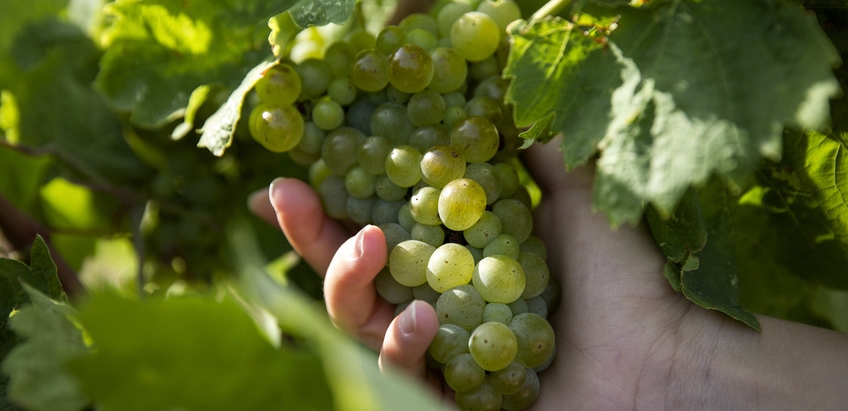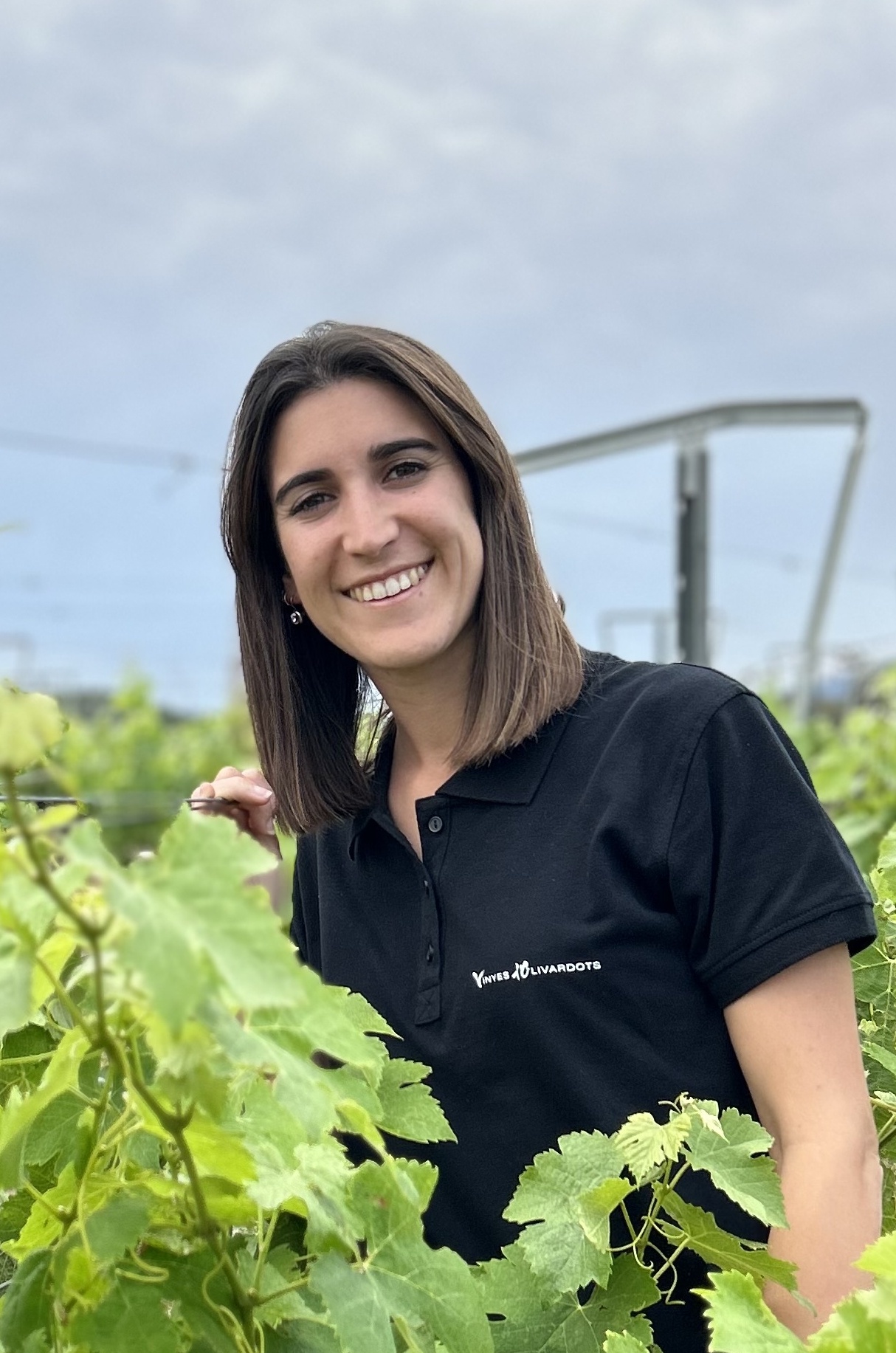The DO Empordà initiates a plan to enhance white “Caranyana”, one of the most historical and unique varieties of the area

The Regulatory Council starts this initiative after the Ministry of Agriculture, Fisheries and Food has authorized the use of this unique variety of Empordà
The Empordà has 19 hectares of white “caranyana”, mainly in the area near the Coll de Banyuls , according to a first inventory prepared by the technicians of the denomination.
Figueres_The Regulatory Council of the Designation of Origin Empordà has launched a plan to promote the use of white caranyana -the local name that receives the cariñena-, after it is historic variety of the area has been authorized by the Ministry of Agriculture, Fisheries and Food. The DO Empordà has been claiming for years the inclusion of this variety that, due to a historical anomaly, was not incorporated in 1975 when the Empordà Designation of Origin was created. Until now, this variety couldn’t be used in wines authorized in the DO Empordà, since it was not included in the list of Spanish varieties and therefore couldn’t be in the denomination. However, for years several Empordà wineries make wines with this variety in small quantities and experimentally.
The first action of the plan has been to inventory the white “caranyana” vineyards in Empordà.
According to a preliminary study prepared during this year by the technicians of the denomination, in the Empordà there are currently a total of 19 hectares of this variety that are mainly concentrated around the Coll de Banyuls, in the Sierra de la Albera. The towns of Espolla, Garriguella, Agullana, Sant Climent Sescebes and Massarac are, in this order, the municipalities where there is more abundance of white “caranyana” vines. In fact, Alt Empordà and Languedoc-Roussillon are the regions that concentrate most of the strains of this variety so particular that it is practically non-existent in the rest of Catalan or Spanish denominations.
Centennial vineyards
According to the same study, the majority of white “Caranyana” vineyards of the Empordà exceed one hundred years, a circumstance that evidences the historical connection of this variety with the area. In fact, Empordà wine growers have a long experience and background in their management. The report of the Regulatory Council also specifies that there are a dozen Empordà wineries – 20% of the total – that have white cariñena in their vineyard.
The next step in the action plan of the regulatory council will be the creation of a badge that will identify monovarietal wines made with white “caranyana”. This proposal is part of an initiative that aims to assert monovarietal wines made with traditional Empordà varieties: the black, white and red “caranyana”, and the “lledoner” – local name that receives the black, white and white grenache red.
Land of “lledoners” and “caranyanes”
Empordà is a land of historical varieties. The “lledoner” represents a third of the Empordà vineyard with 572 of the 1,768 hectares planted. Especially note the red garnacha with 377 hectares, followed by the white, with 88, and the red, with 61. There is also another variety, the ‘hairy’ grenache, more minority with about 4 hectares planted. The red, white and red “caranyanes” are the other most representative variety of Empordà region, with 402 hectares, that is, 22% of the total. The Ampurdanese denomination can boast an exclusive varietal richness, since it is a wine region that produces all varieties of “lledoners” and “caranyanes”.
Unique and full-bodied wines
Today, native varieties represent the 65% of all the vineyards of the appellation. The percentage of traditional varieties hasn’t stopped growing in recent years thanks to the firm commitment of the winemakers from Empordà for the “lladoner”, the “caranyana”, the Macabeo or the Muscat. A trend that has been accompanied by the appearance of new monovarietal wines with grapes from the same farm. They are proposals of a new generation of viticultors and winemakers, with good training, looking for wines with a lot of personality that are a reflection of the area where they are produced.
https://www.doemporda.cat/es/actualidad/267-la-do-emporda-inicia-un-plan-para-potenciar-l.html


